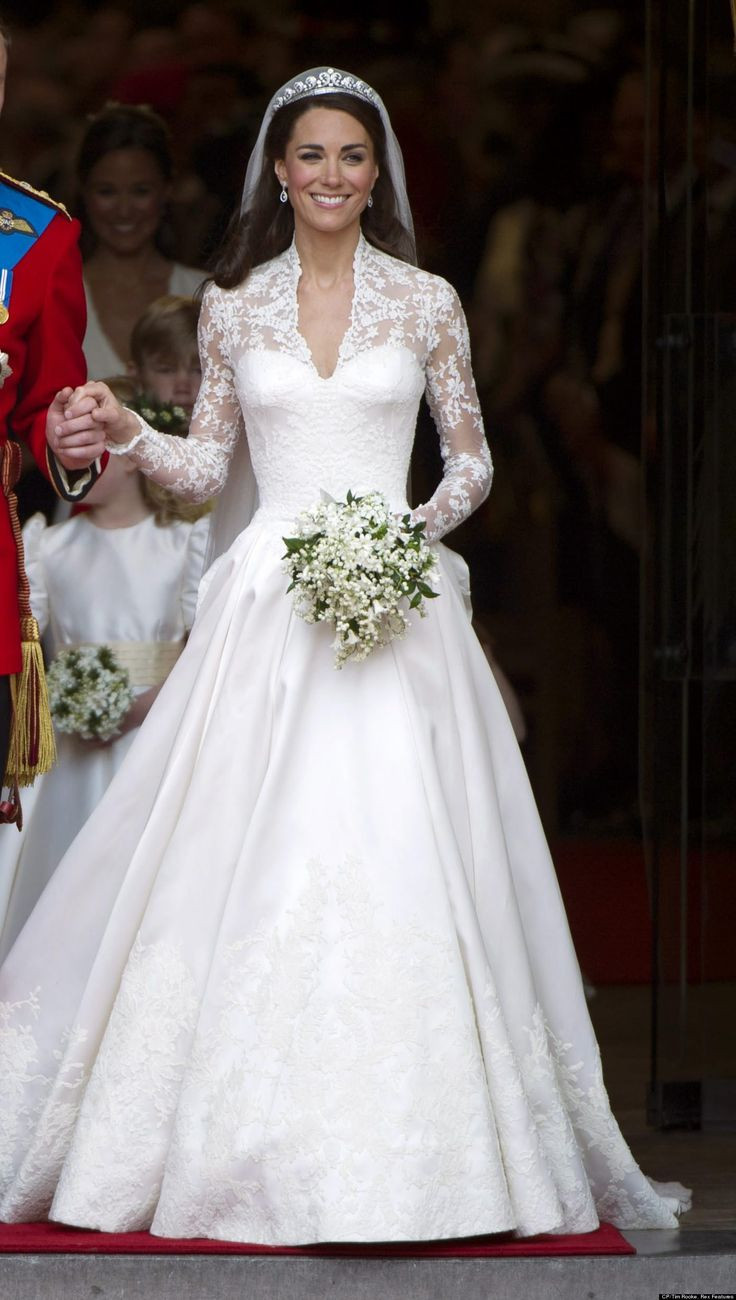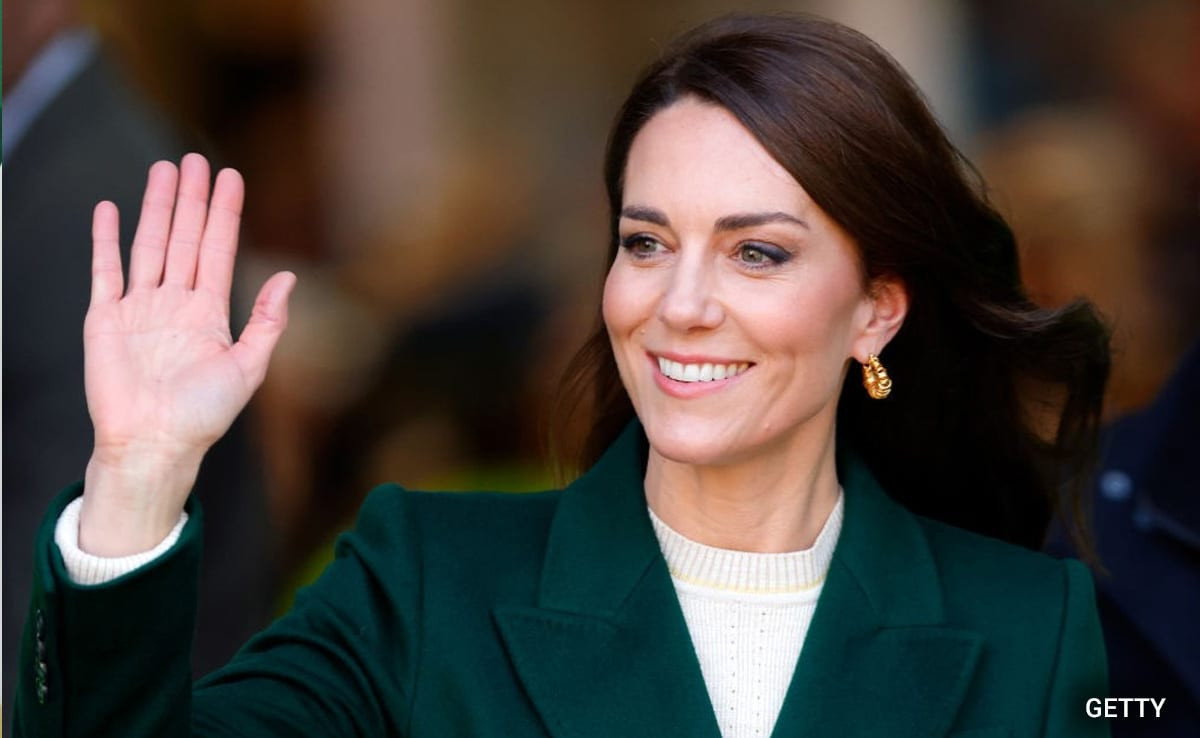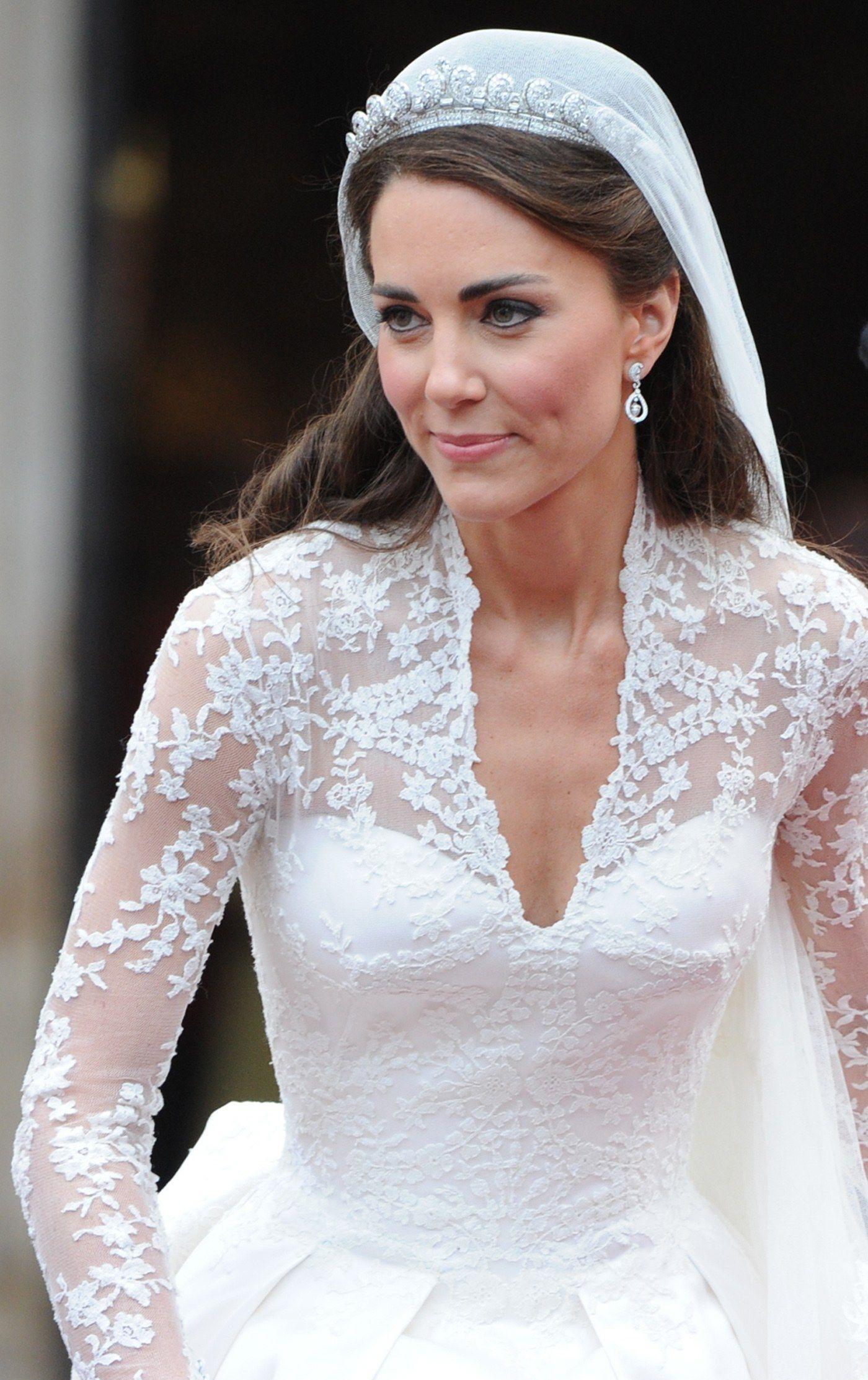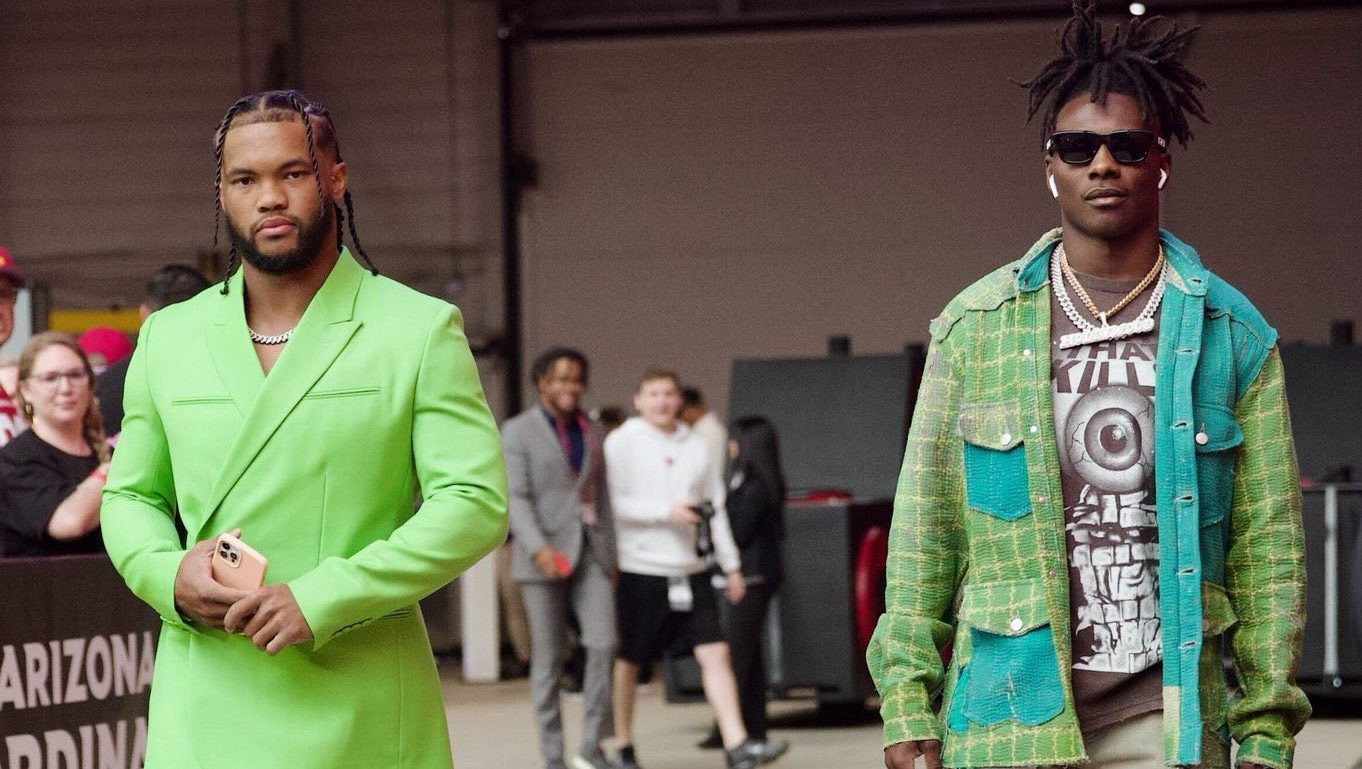Sarah Burton, the renowned designer who crafted the Princess of Wales’s wedding dress in her previous role as creative director of Alexander McQueen, has been appointed to the top job at Givenchy. Her appointment comes after months of speculation in the fashion industry about where the Cheshire-born, Manchester-schooled designer, who left Alexander McQueen last year, would go next, with some suspecting it would be the helm of the LVMH-owned fashion and perfume house. Burton is known for her blend of avant-garde style and commercial appeal, a talent she honed during her 26 years at Alexander McQueen. As the fashion journalist Lauren Sherman wrote last November: “For LVMH, Burton’s technical talent would be the key … Contracting Burton would be a message to the market, and consumers, that the company still values traditional design skills, not just hype.” Such an approach is likely to go down well as in keeping with the heritage of a brand that famously dressed Audrey Hepburn in Breakfast at Tiffany’s.
A Move That Signals a Shift in the Fashion Industry
Burton’s appointment marks a significant shift in the fashion industry. She becomes one of only a handful of women to hold a creative director role at an LVMH-owned label. Her appointment alongside Maria Grazia Chiuri for Dior and Stella McCartney for her namesake brand might help to redress the growing imbalance in the industry. When Burton stepped down from McQueen and Seán McGirr was announced as her replacement, it meant that all the creative directors at Kering were white men, sparking discussion in the industry around the question of representation – analysis from last year showed that the proportion of female creative directors was lower then than it was 15 years ago. This next step is also apt: McQueen himself held the Givenchy top job between 1996 and 2001.
The Next Chapter for Givenchy
Burton will be the brand’s fourth designer in less than 10 years; Riccardo Tisci is often credited as the most successful in recent times. She will be the second woman to take on the role, after Clare Waight Keller, another Briton, who held the position from 2017 to 2020. Burton follows in the immediate footsteps of the American designer Matthew Williams, who stepped down in January after three years. Given the relatively rapid turnover of design talent at Givenchy, it may be hoped that Burton will bring a steady hand to the storied French brand. She will present her first collection for the house in Paris in March.
A Legacy of Innovation and Craftsmanship
Burton’s first collection for Givenchy will be her first foray outside of Alexander McQueen. Burton joined Alexander McQueen as an intern after graduating from Central Saint Martins in 1996, and rose through the ranks to become head of design in 2000. When the designer Alexander McQueen died suddenly in 2010, Burton was his head of design and clear successor to continue his vision, defined by his sharp silhouettes, provocative concepts, and innovative craftsmanship. Less than a year after her mentor’s death, Burton surprised the fashion world by landing a highly coveted commission: Kate Middleton’s wedding dress, seen by millions worldwide.
The Legacy of McQueen Lives On
In an era of celebrity designers, who live the lifestyle their brands represent, Burton is known as a hard worker who prefers to stay behind the scenes. At McQueen, she still designed on dress-form stands, she told Cathy Horyn in 2023. No wonder, then, that McQueen was known as one of the rare luxury brands that sold more clothing than handbags. “Burton is far more innovative than she probably receives credit for, but it’s always balanced by an awareness of what customers want — a lesson she learned from her earliest roles at McQueen,” Horyn wrote in her 2023 profile of Burton, which also reported Kering’s desire to turn McQueen into a billion-dollar brand. Seven months later, the news broke that Burton would leave the label after nearly 30 years.
The Future of Givenchy
Givenchy, owned by Kering’s competitor LVMH, has been without a designer since December, when Matthew Williams exited after over three years in the role. During his tenure, he was dogged by rumors that he was not long for the job — an increasingly common reality in the luxury business, where it’s no longer unusual for head designers to be replaced by their corporate owners after only a few years. Recently, Tom Ford hired Haider Ackermann to succeed Peter Hawkings, who left after less than a year in the top role, and Lanvin hired Peter Copping to replace Bruno Sialelli, who had led the brand for less than five years. No designer has lasted very long at Givenchy since Riccardo Tisci exited in 2017. He was replaced by the brand’s first-ever female creative director, Clare Waight Keller, who left three years later.
A Shift in the Balance of Power
By joining Givenchy, Burton will expand the small number of female creative directors at top luxury brands. When she exited McQueen last year and it was unclear if and when she would return to fashion, her departure sparked a conversation in the press and social media about the lack of female representation in luxury’s top roles. Several high-profile design jobs are still open in fashion, none more consequential than at Chanel, where Virginie Viard exited unexpectedly in June.
A New Vision for a Storied House
“I am so excited to be able to write the next chapter in the story of this iconic house and to bring to Givenchy my own vision, sensibility, and beliefs,” said Burton in a statement. Her first collection for the house will be presented in March 2025. Burton's appointment is a pivotal moment for Givenchy, and her vision for the brand is sure to be a captivating one. Her expertise, coupled with her experience in shaping a legacy at Alexander McQueen, signals a fresh direction for Givenchy. The fashion world awaits with anticipation to see what she creates.



















